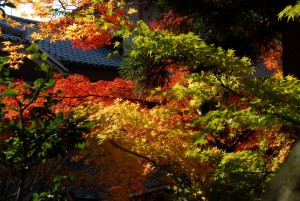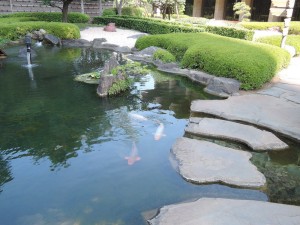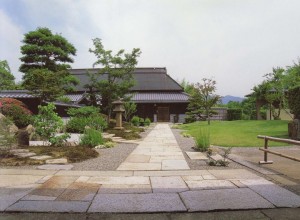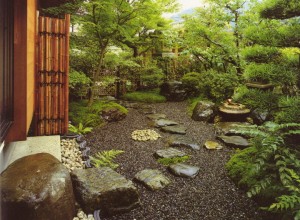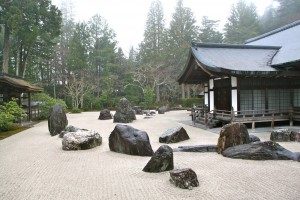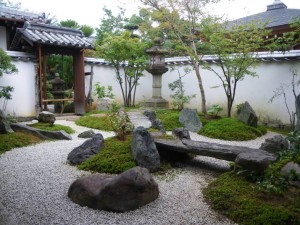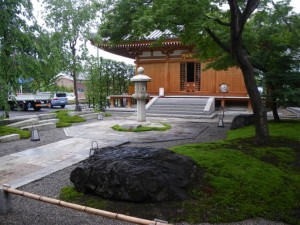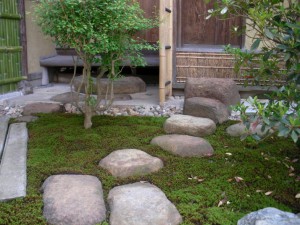As soon as I found about this project, I knew I had to be there. World record attempt for the most people involved in invasive plant removal sounded interesting. This was a good chance to give back to the community and improve my green resume. I used to run at Mundy Park in Coquitlam with the Phoenix Running Club so why not remove some invasive plants and make it better.
On October 4, 2015, my group went through orientation with City of Coquitlam staff and then we picked up paper bags for green waste and gloves for safety. Water was also provided. I opted to join the group heading deeper into the woods. I love trees and hiking; and collisions with dog waste are less likely deep in the woods.
After a short hike we reached our work zone. It was a patch of ivy (Hedera helix). At your house the plant can be contained in a bed but in the woods it can do as it pleases. I am happy to report that my group attacked the ivy with great passion. All green waste was hauled out to the trail to be taken away by an ATV. Snacks and drinks were provided at the baseball diamond afterwards.
As the Tri-City News reported recently (Friday December 18, 2015, A34) the record was officially set for the most people involved in an invasive plant removal.
Over 800 people participated. If you are interested in becoming a Mundy Park Champion or a Park Spark volunteer visit www.coquitlam.ca/parkspark, email parkspark@coquitlam.ca or call 604-927-6334
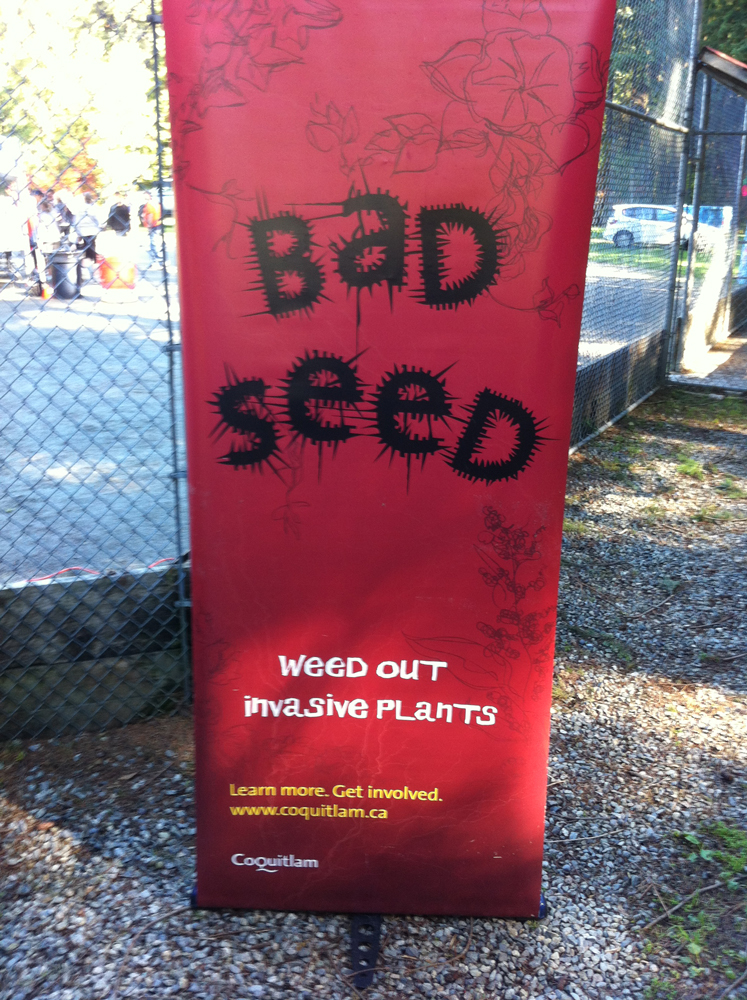
Learn about these Bad Seeds
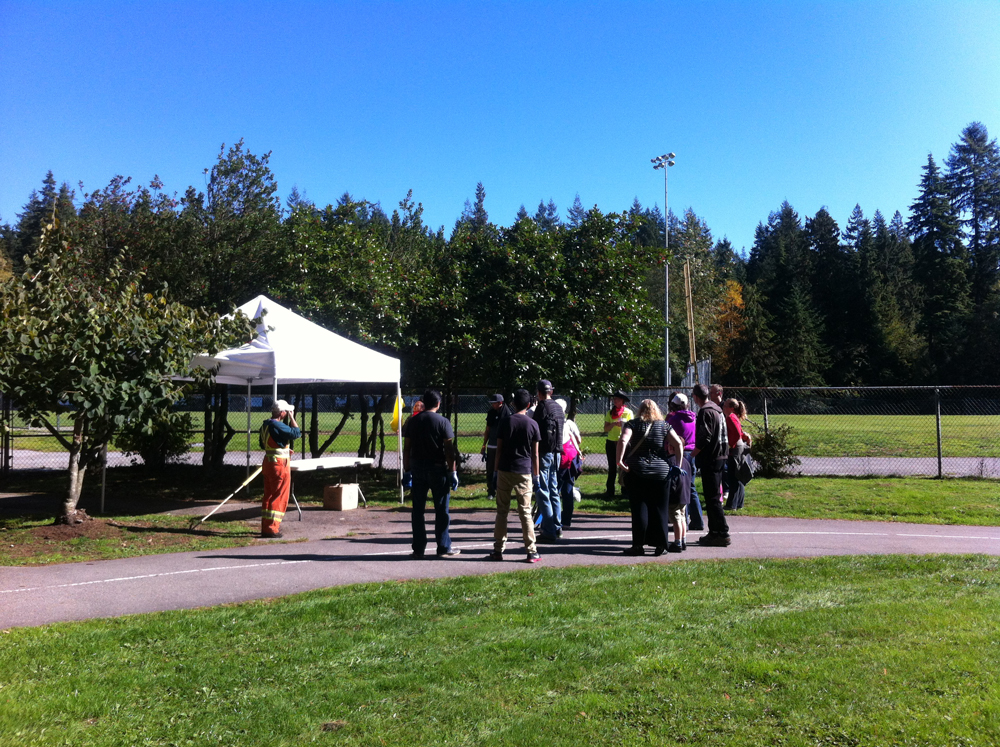
Orientation with City of Coquitlam staff
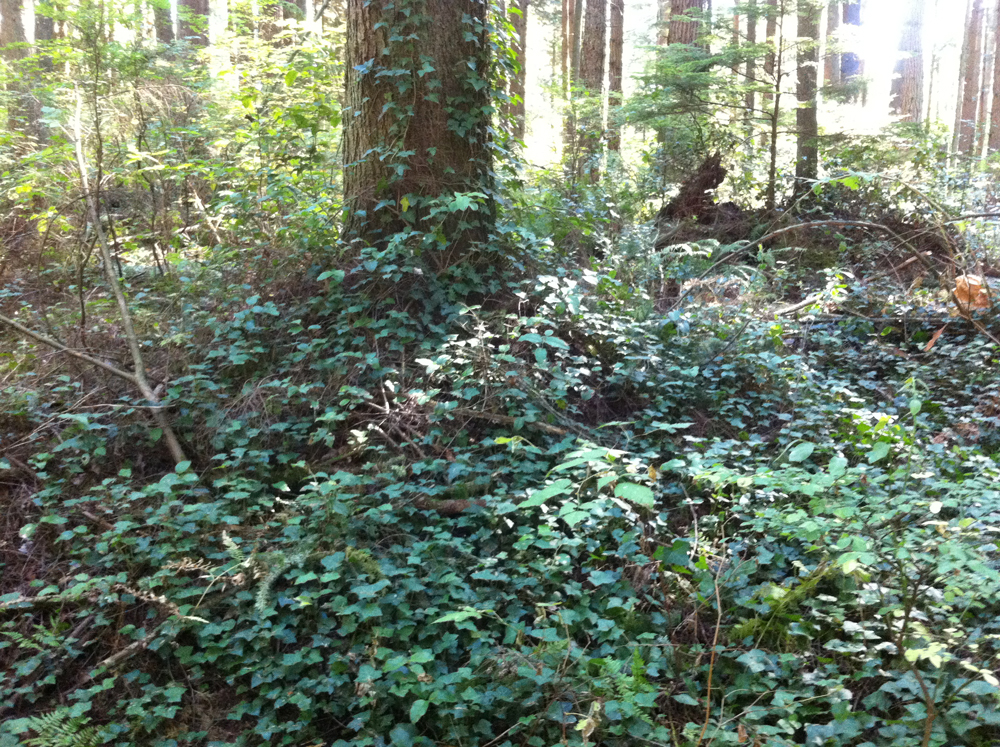
Work zone: Hedera helix Ivy about to be removed
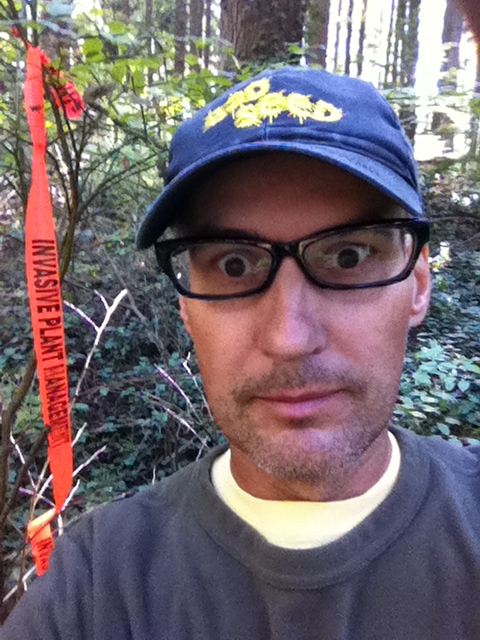
Vas in his element
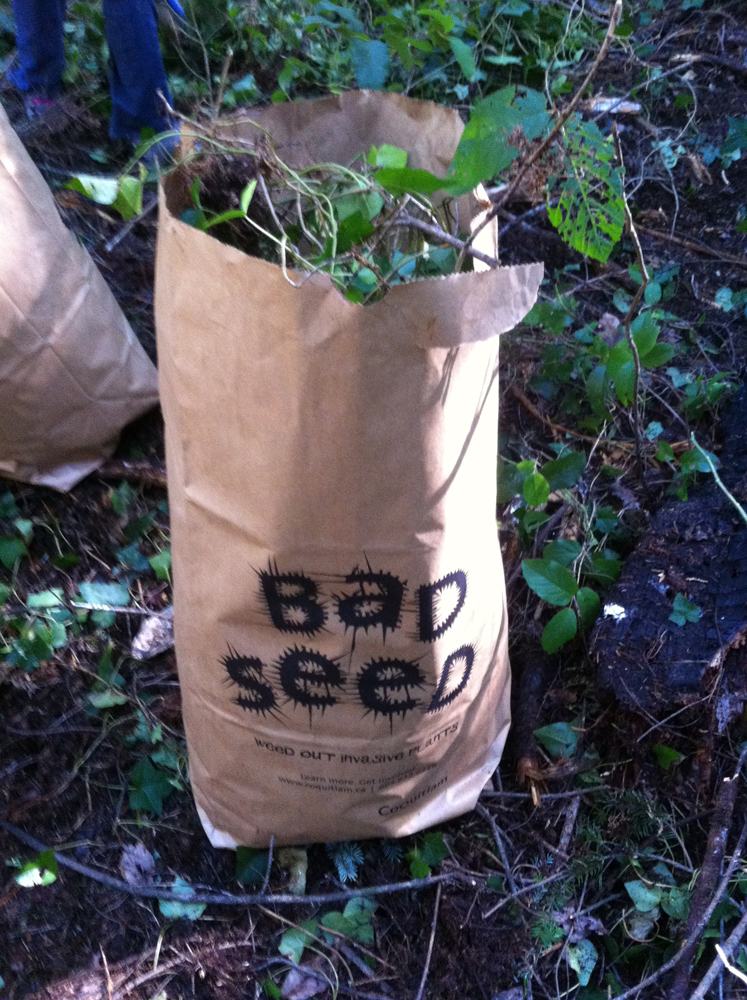
Green waste
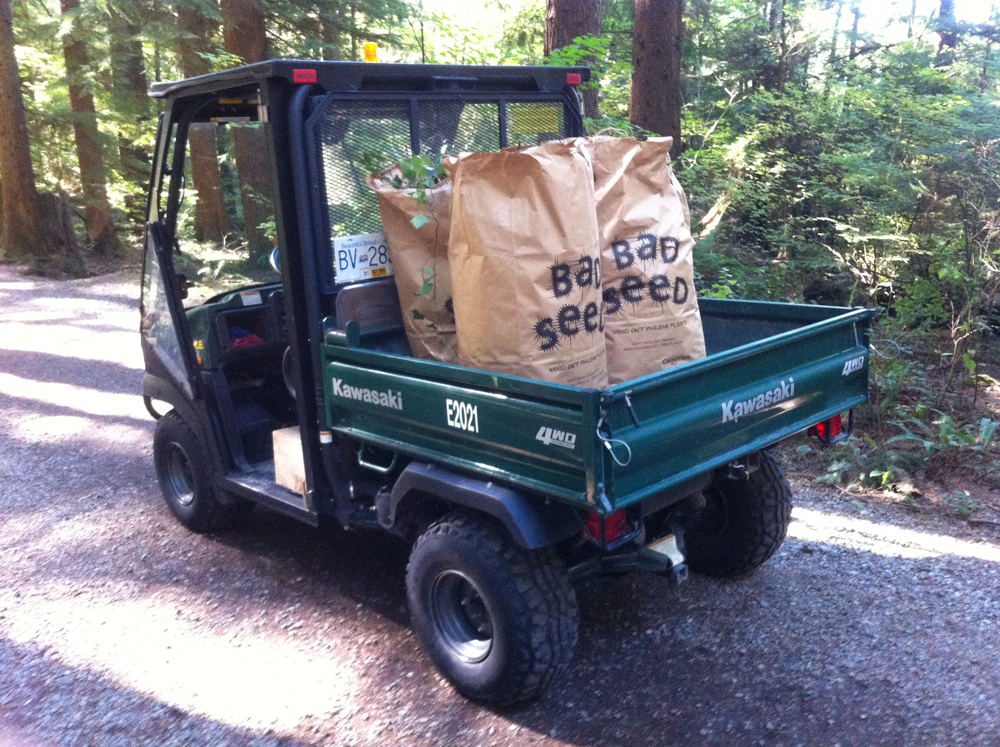


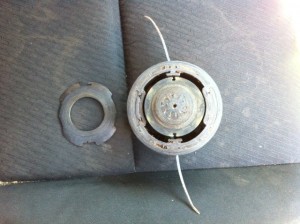
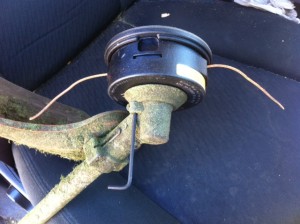
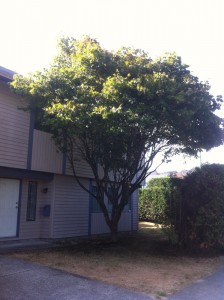

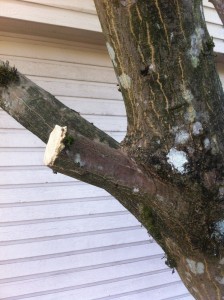
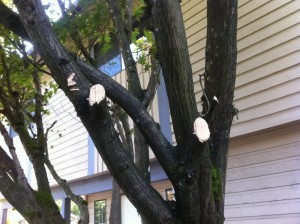
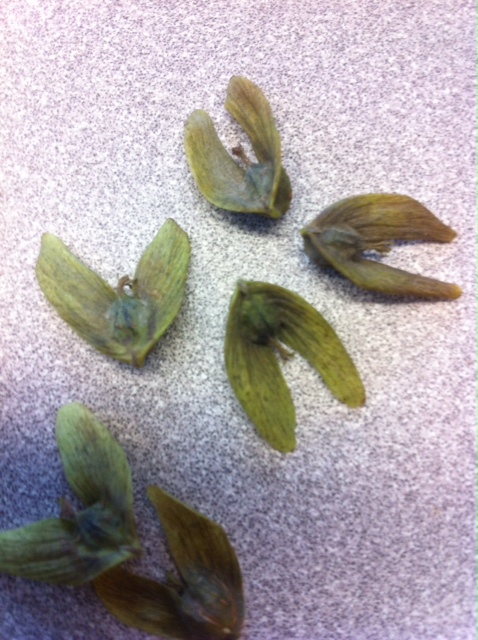
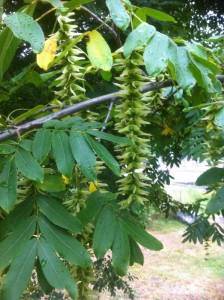
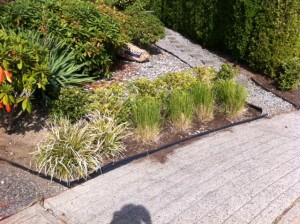

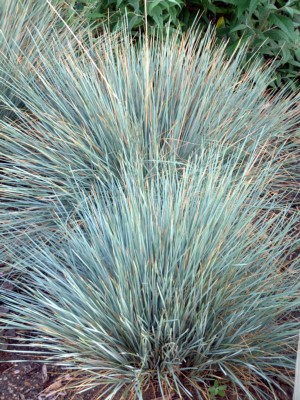
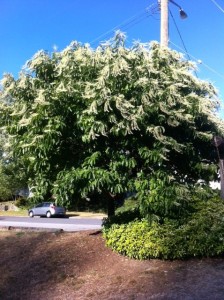
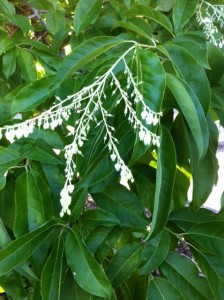
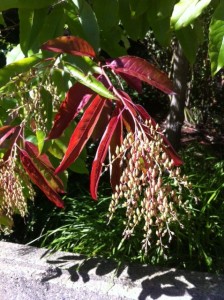
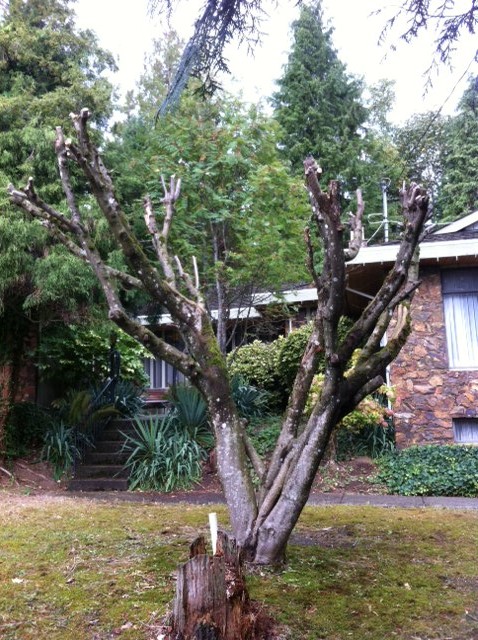
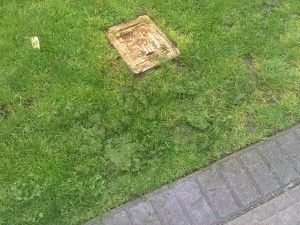
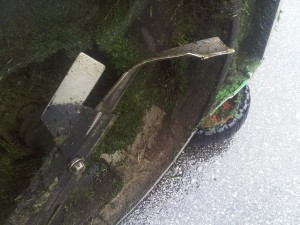

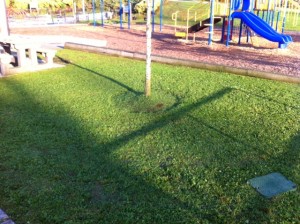

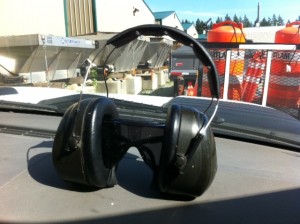
 I met Atsushi, a 20-something Japanese guy, at a Burnaby landscape company and we did a few weekend sessions together. He went through years one and two of the apprenticeship program which I thought was a great idea. Then, he surprised me (and his boss!) with his decision to move back to Japan. Specifically, to ancient Kyoto to work for a great company. Kyoto is a must-see place with its many temples and shrines. The fall colors are so spectacular, my in-laws visit there every fall! And rumor has it that Kyoto gardening companies are a bit high on themselves because they operate in such a spectacular setting.
I met Atsushi, a 20-something Japanese guy, at a Burnaby landscape company and we did a few weekend sessions together. He went through years one and two of the apprenticeship program which I thought was a great idea. Then, he surprised me (and his boss!) with his decision to move back to Japan. Specifically, to ancient Kyoto to work for a great company. Kyoto is a must-see place with its many temples and shrines. The fall colors are so spectacular, my in-laws visit there every fall! And rumor has it that Kyoto gardening companies are a bit high on themselves because they operate in such a spectacular setting.